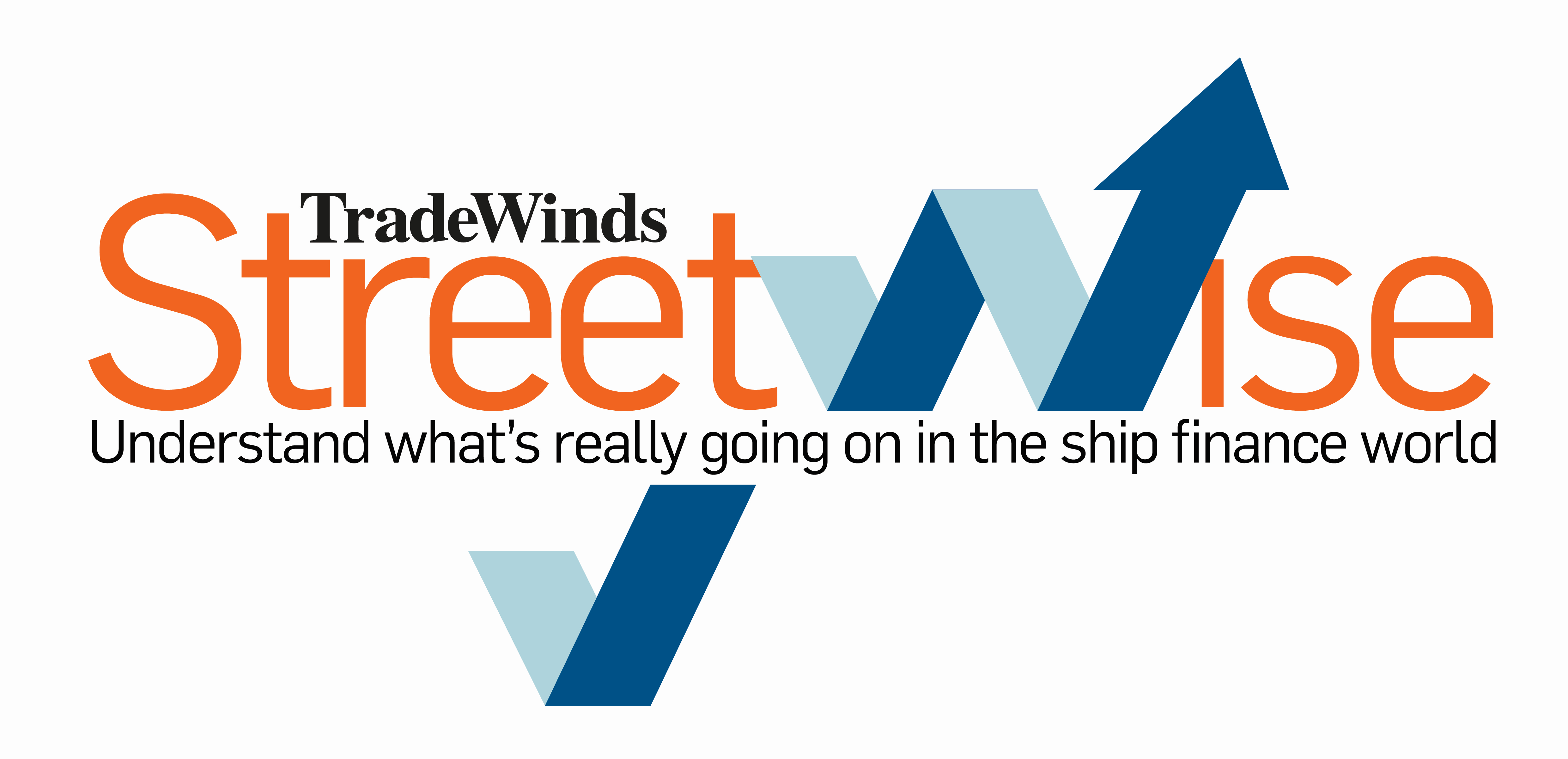When Connecticut’s Eagle Bulk Shipping trotted out its annual environmental, social and governance (ESG) report this month, there was one concrete development that seemed to stand out above others.
Eagle had won a reduction in the interest margin on its $300m sustainability-linked term loan by meeting certain emissions benchmarks spelled out in more detail in its report.
Specifically, Eagle was able to stay below the International Maritime Organization’s Energy Efficiency Operational Indicator, or EEOI, which is the amount of carbon dioxide emitted per one metric tonne of cargo moved one nautical mile.
It also spent an agreed minimum, for Eagle a total of $2m, on ESG-related initiatives including upgrades in the fleet.
So good news all around, right?

Well, to a point. A look at the fine print showed that Eagle’s margin over three-month Libor dropped to 210 basis points (bps) from the 215 bps it had been paying. Had Eagle failed to meet the market, the rate would have ticked up to 220 bps.
It is not a big difference, especially when covenants in the same loan could see Eagle’s margin rise as high as 280 bps if leverage becomes higher than it is now.
So with a 70 bps range on the loan, only 10 bps are tied to ESG.
Or as one veteran finance man sarcastically told Streetwise this week: “Wow, 10 bps. Whoop de doo!”
Not greenwashing but…
If progress on ESG is so important, why are banks not offering bigger incentives — or punishments — on this score?
“I don’t want to use the term greenwashing because I think banks are legitimately pursuing ESG and decarbonisation goals,” said one company executive.
“But it seems like they should be offering more of an incentive if they’re really looking to shape behaviour in these areas.”
Bankers approached by Streetwise for views on the topic this week were not exactly falling over each other to respond. But a few views on the subject did emerge.
First, the terms in the Eagle deal are not unusual for the sustainability-linked loans that have emerged to date.
For example, a facility negotiated by Irish product tanker owner Ardmore Shipping contains similar language.
“That’s standard — that’s the market right now,” said one company executive.
The manager noted that margins have been far wider on sustainability-linked bonds such as the issuance negotiated by chemical tanker owner Odfjell in January 2021 — that spread is 150 bps — or another bond deal won by container ship lessor Seaspan Corp around the same time at 50 bps.
Modest gains, modest rewards
Banks are not offering more relief on loan margins because shipowners are not offering more, he explained.
“This is all being based off annual emissions reporting or AER [annual efficiency rate] and the more aggressive target you put into the loan language, the more aggressive the banks can be,” he said.
“Most companies are going to set a target that is achievable but also keep you on a good trajectory ahead of IMO targets. If you go way below the IMO trajectory, you can get a bigger discount. But that’s probably going to require major changes in propulsion. Until then, everyone’s doing the best they can.”

The executive also warned that while companies are able to pick some low-hanging fruit to take the first step toward reduced emissions, “the first 10% was easy, but the second 10% is going to be tougher to find”.
One veteran lender who did respond to queries took a slightly more jaded view of the current incentives.
“The sustainability-linked loans so far are largely PR exercises both for the banks and the shipping companies,” he said.
Go green or go home
“It’s a confirmation for the banks to say we’re in the Poseidon Principles and we really do care about these things, and for the owners to say look, we’re doing something.”
While the sustainability market has increased both across industries and within shipping, the banker views it as “still almost tokens”.
“Right now they really don’t matter that much,” he said.
Still, the growth in green focus is undeniable, he said, especially in the Nordic countries and the banks based there.
“If you want access to Nordea or DNB, you’d better come in with a green hat on, don’t come in with your dirty bunkering hat,” he said.
More ship finance news:
- Disgruntled investor Ned Sherwood renewed his attacks on management of Navios Maritime Partners over a shareholder dividend that is not growing as the rest of the business is. Click here to read the story.
- John Fredriksen’s SFL Corp believes a huge newbuilding drive is needed to meet car-carrier demand as new efficiency regulations come into force. Click here to read the story.
- Florida-based Noble Capital Markets is sticking to its guns in shipping research coverage and investment-banking services despite the defections of two key staffers. Click here to read the story. Click here to read the story.



